It sometimes happens that, after a period of use, the floors start squeaking. The noise occurs when you step on the floor and only in certain places, rarely all over the floor. We are tempted to think that this is only the case with hardwood flooring. Being solid wood, moves with the humidity and this leads to various noises. Unpleasant noises can also occur in laminate flooring, even laminate, which is considered the most stable. Because there are many reasons for squeaks, not just moisture variation. Incorrect installation, poor-quality flooring, unsuitable materials, improper use or too long a period of improper use are also responsible for the problem.

What causes creaking
Wrong installation is the main reason for squeaking. Installation starts with preparing the substrate, and if it is not straight, the floor will start squeaking very quickly. The screed must be right, without holes or debris that could spoil the flatness, whether the flooring is glued or floating. Before installation screed must be dry. A damp screed is a source of moisture for the floorboards, which will expand, putting pressure on each other. Friction between them or between fasteners (clips, nails, screws) will cause squeaking. Solid wood flooring is the most sensitive, increased humidity can lead to swelling. For installation, the flooring needs to be acclimatised. In other words, it must be brought into the room where it will be installed and left for at least 48 hours to equilibrate its humidity with that in the room. Mounting is done respecting the expansion space recommended by the manufacturer. This is generally 8-10 mm. The gap is left not only at the wall but also in the area where it meets the tiles, at the doors or near the pipes.
Poor quality flooring or inadequate materials used during installation are causes of squeaking. The fastening systems of a poor quality parquet floor will fail very quickly under heavy use, especially if the subfloor is slightly uneven. In that area, the parquet elements will develop a little play and squeak with every step. Also, if the flooring is glued with an unsuitable or low-quality adhesive, it may crack in the areas where it is most heavily used. Loosening will cause the elements to rub against each other, causing squeaking.
Unpleasant noise also occurs if the floorboard suffered a strong mechanical shock (a heavy object that has fallen on it from a height), if humidity in the room is too high or if flooding has occurred. Also, at a very old parquetIf you use it intensively, there is a high chance of squeaking. Even if it has been of very good quality and very well assembled, the whole system ages, like any object or being on earth. The elements get warped, they get loose, and that is how the creaking comes about. One advantage of old solid wood flooring is that it can be scraped several times, and can also be refixed on this occasion.
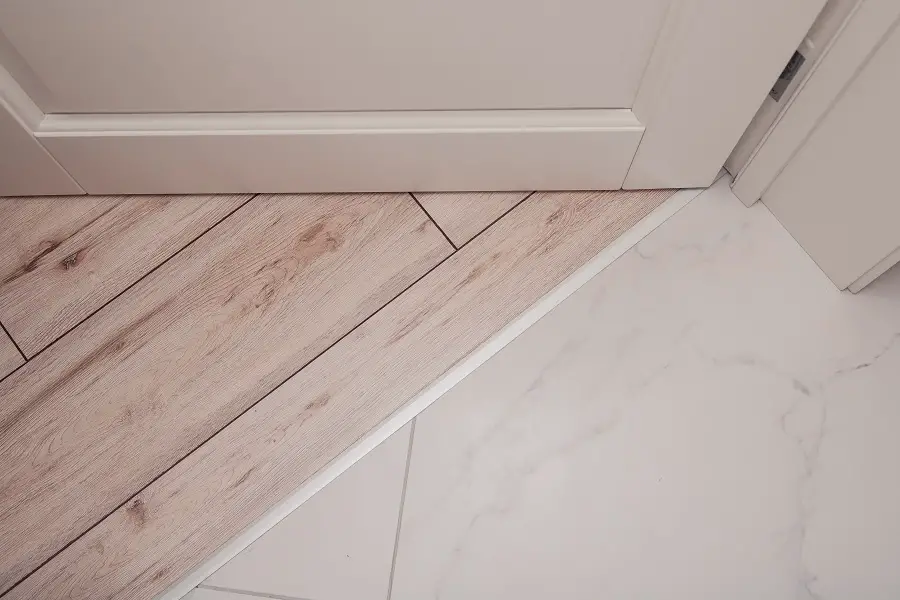
How to eliminate squeaking without completely refinishing the floor
It is safest to call in a specialist, especially if the noise is heard over a large area. As you've seen, the causes can be many and it's a good idea to identify them before repair. If the problem is related to the uneven screed, it will be difficult to avoid completely redoing the floor by dismantling and reassembling the flooring. However, there is also the option of injecting solutions to fill the gaps under the flooring by expanding, blocking the movement of the elements. The solution, similar to polyurethane foam, is inserted under the flooring through small holes drilled in the elements. This is a repair that needs to be done by specialists because the risk of problems is high. For someone who is not familiar with the proportions, inserting the solution can cause the flooring to come completely loose.
A specialist also solves the problem of a too small expansion gap. He or she will identify the area where the pressure between the elements occurs and the area that will allow them to expand. This area - under the baseboard next to the wall or under a sill - can be enlarged by working on the elements in that area. Work on solid or laminated wood by removing some of the material. It is not recommended to work on laminate flooring, as there may be more serious consequences than squeaking (water penetration into the flooring followed by swelling and molding).
In simpler cases when 2-3 elements move, small gaps appear between elements over a very small area or elements partially detach, we can intervene to repair without risking unpleasant consequences. The detached element can be removed completely and cleaned thoroughly on the side to be glued. Using a chisel or a wide, sharp-bladed tool, clean the base/footing to be glued. Remove any debris thoroughly by vacuuming and wiping with a cloth. Then glue the item with a flooring adhesive, following the manufacturer's instructions.
If there are elements that have become loose, they can be fixed with putty or adhesives. Wood shims or silicone string can also be forced between the elements. There are also solutions based on cork pellets which elastically fixes the elements. Once fixed, the squeaking should disappear. It also disappears if talcum powder is poured into the area with the elements only slightly apart. It penetrates inside and acts as a dampener. It doesn't work if the elements are dilated and press against each other so that the powder finds nowhere to penetrate.
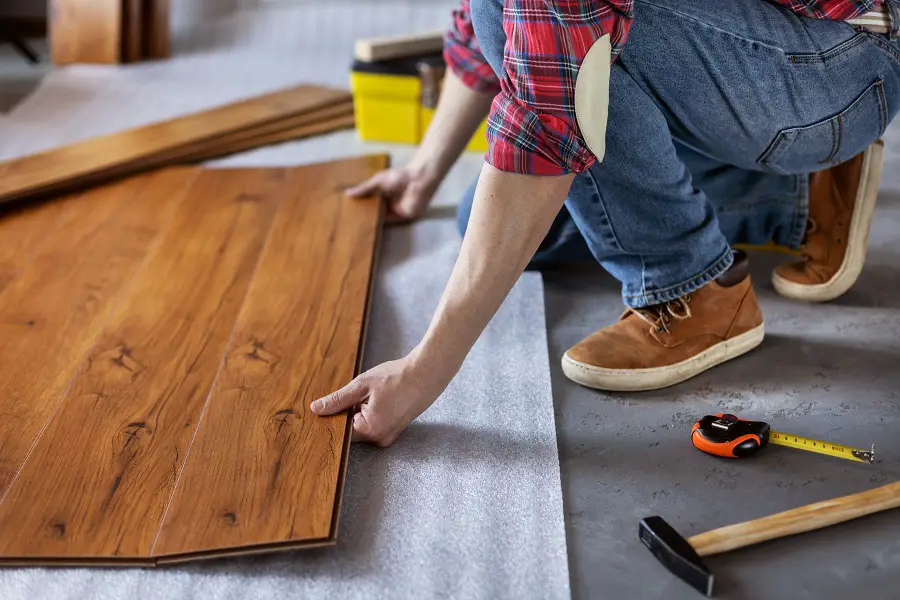
What's important when laying and maintaining your floor so it doesn't squeak
Fitting flooring is a job for professionals and it is advisable to call in the professionals to avoid inconvenience. It's good to be well-informed so you know what to ask for or understand the differences between offers or why special materials are needed.
It is clear that the screed must be straight and dry. To prevent moisture from getting into the floor, you can opt to apply a vapor barrier foil that will keep water vapor away from the floor. It is also recommended to install under-floor insulation, especially if it is laminate flooring. Noise will be greatly reduced.
If the flooring is to be installed in large interconnecting rooms, the recommendation is that each room should be approached separately, especially if the flooring is solid wood. At the boundary between rooms, leave expansion space hidden under a threshold.
It is a good idea to ask about how to use the flooring and follow the specialist's recommendations. The humidity level inside is very important and should be kept as constant as possible. Avoid installing parquet in areas at risk of water leaks or flooding. Also avoid dragging heavy furniture over the parquet. Use suitable materials for floor maintenance and avoid abrasives.
I hope you find the above information useful. As always, additions are welcome. And if you have any questions or queries, please leave them below in the dedicated space. I'll be sure to reply.






















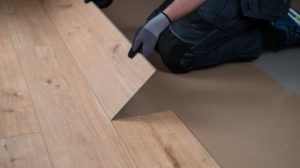
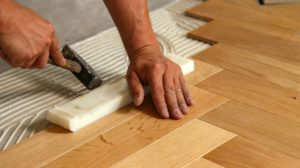
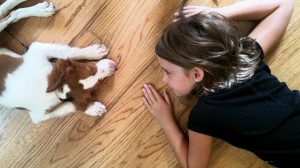
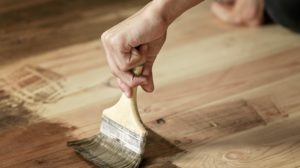
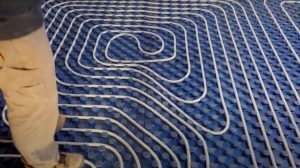
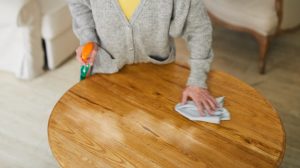

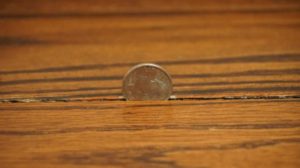



Add comment